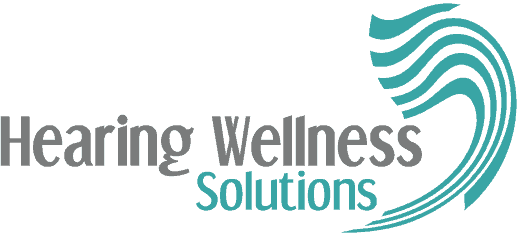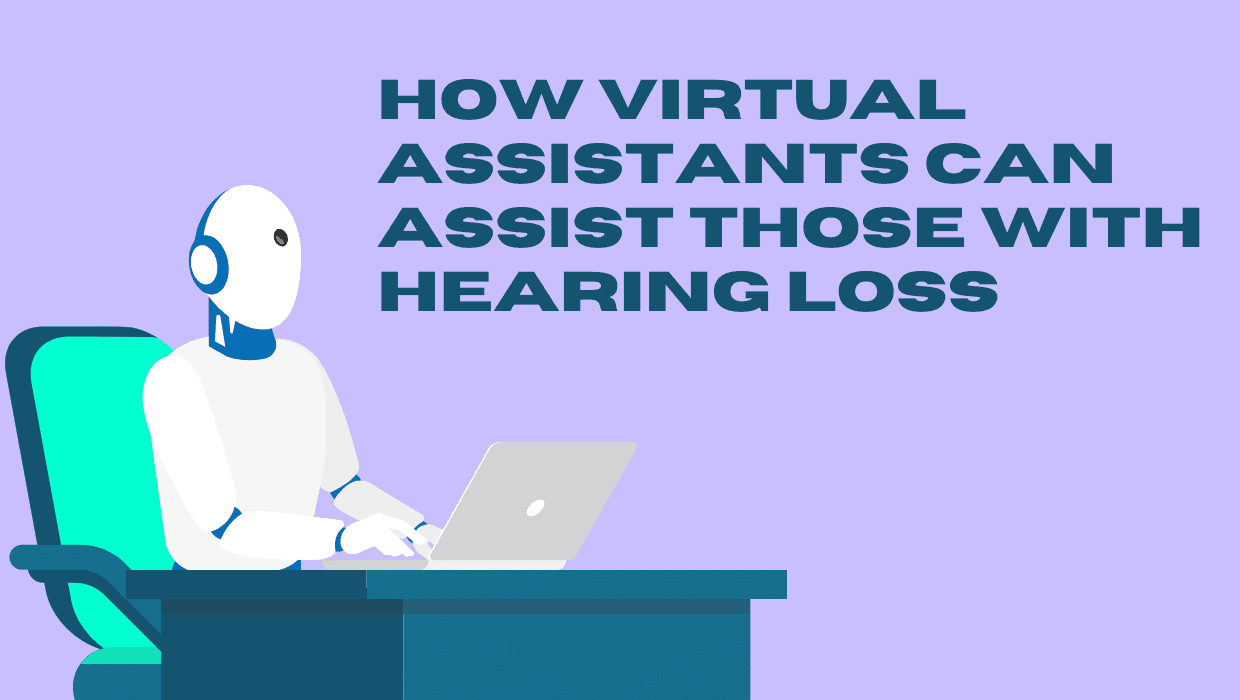It’s almost 2021, and while most families do not have a Rosie the Robot type assistant like they do in The Jetsons, the fact of the matter is that most of us are actually surrounded by all types of virtual assistants and artificial intelligence – even if we may not necessarily recognize it.
Virtual assistants of today look less like robots in aprons and more like small microphones and speakers hidden in our everyday devices. Some of the most common types of virtual assistants in our day-to-day lives are Apple’s Siri, Amazon’s Alexa, and Google’s Google Home.
How Virtual Assistants Help Seniors and People with Hearing Loss
Virtual assistants such as Alexa, Siri, or Google Home allow users to give their technology simple commands verbally, such as “add cereal to my grocery list”, “text Gabrielle that I am on my way”, or “play ‘Imagine’ by John Lennon”. While these commands are wonderful from a perspective of sheer convenience, they are not quite what we mean when we talk about how virtual assistants can help seniors or people with a hearing loss.
For this specific group, however, there are creative ways to use this technology to help reduce the burdens of a hearing loss. For example, if a person has had difficulty in the past hearing the timer on their oven, he or she may ask their virtual assistant to “ping my hearing aid in 15 minutes to check on the roasted veggies”.
Imagine if virtual assistants could potentially prevent a house fire! Another great way that virtual assistants can help those with hearing loss is through vibration alarms. Rather than setting piercingly loud alarm clocks that can be heard without hearing aids, those with hearing loss can simply program a smart watch or even a smartphone to vibrate, making mornings much more pleasant for those in our households who may have normal hearing.
Virtual assistants can even help seniors who do not have a hearing loss as well. Virtual assistants can remind you of upcoming meetings or appointments, help you keep track of your to-do list, and keep seniors on track with taking their medication with daily reminders. One could even ask their virtual assistant if they have already taken their pills that day if they cannot remember.
As you can see, the possibilities are quite endless when it comes to smartly utilizing the virtual assistants we likely already carry around in our pockets.
How Hearing Aids Add to Virtual Assistants
Just like most types of technology, hearing aids continue to come in tinier and tinier packages while managing to pack in more and more technology and features. Most modern hearing aids are now enabled with Bluetooth technology, and most can be connected to smartphones including Androids and iPhones.
When we can connect our hearing aids to our phones, we can also therefore connect our hearing aids to our virtual assistants. This way, the answers to our questions can be streamed directly to our hearing aids. We can have our virtual assistants make calls for us and stream these directly into our ears via our hearing aids. We can hear our favorite TV shows, receive our reminders, stream our Zoom work meetings, and have our grocery list read back to us – all directly through our hearing aids.
The best part is that this connectivity will only continue to become more and more streamlined. One day, we may live in a world where almost all of the sounds that our natural ears would need to hear throughout the day could her streamed directly through our hearing aids.
The Latest Hearing Technology Can Benefit You
If you read this far, chances are you are either currently a hearing aid user or are curious on embarking on your journey to better hearing. Whether you are on your fifth pair of hearing aids or have never tried one on, we would love an opportunity to work with you and help you improve your quality of life with better hearing.


